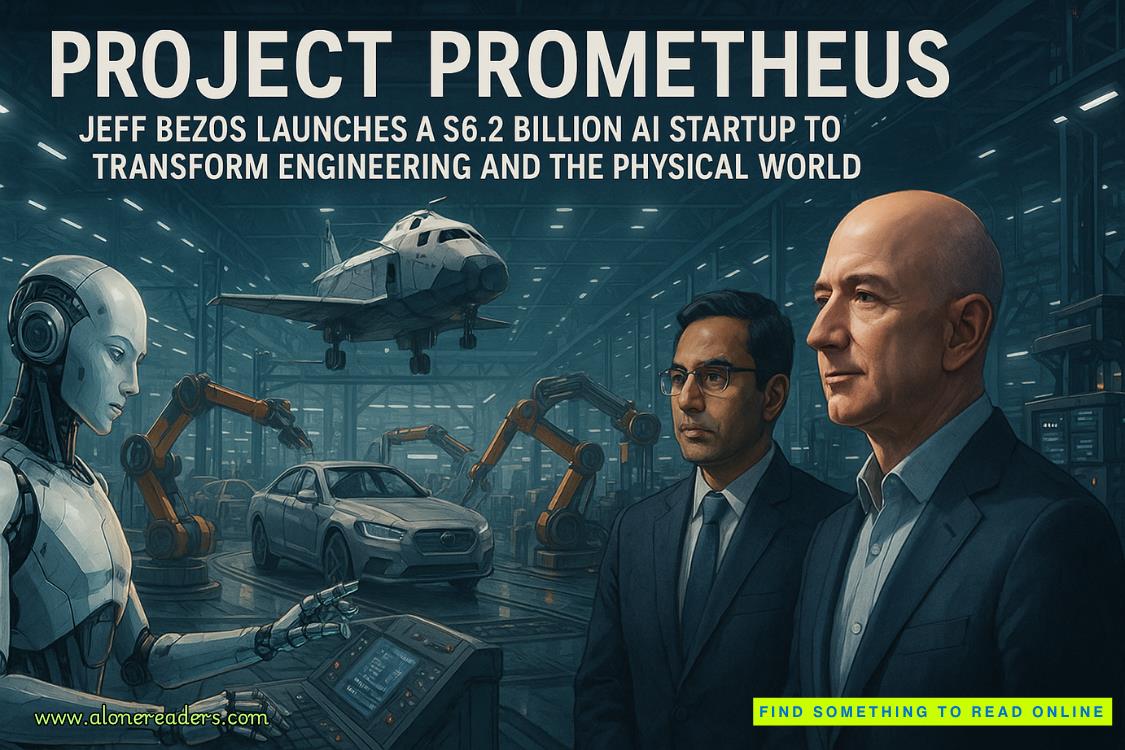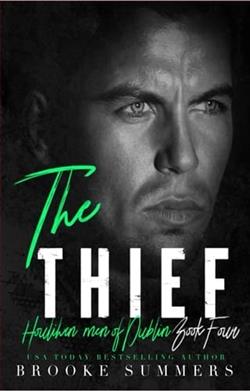Page 54 of The Echo Wife
She had cut her hair short. It looked good on her, modern and fresh, young. I would never have thought to cut my hair that way, and I immediately filed the cut into a resentful category of things I could never try because Martine had tried it first.
She was covered in soil. It was smudged across her face, worked into the creases of her clothes, under her fingernails. Eddies of loam-smell. I breathed it in and tried not to remember what that smell had meant to me the other times I’d been surrounded by it.
“Come inside,” she said. “Please. You have to hurry.”
There was a trail of earth in the entryway to the house. Muddy footprints led to the backyard. She’d been pacing, waiting for me. “What’s the rush?” I asked her.
“The baby’s asleep,” she said, and I couldn’t tell if she was answering me or just talking. Her words came too fast for her to order them properly. “Nathan’s at work. He has drinks after with—with someone, with his supervisor or something, I don’t remember, it’s—what time is it?”
“One-something,” I said. “What’s going on?”
“We have a few hours,” she said. “Good, okay, we have a few—you have to come, it’s—please, I can’t tell you, I have to show you, you have to see.”
I followed her through the house, stepping around her muddy footprints on the tile. She walked in front of me, clenching and unclenching her fists over and over again. Dirt clung to the fine hairs that dusted the nape of her neck.
I watched her, the familiar way she moved through the world, and I bit back irritation at myself for having missed her.
Then we walked into the backyard, and I forgot everything I had been thinking. My resentment, and my relief, and my longing—I lost track of all of it.
I lost track of everything that wasn’t the bodies.
CHAPTER
TWENTY-SEVEN
There were twelve of them.
I had never studied specimen decay before that day. I could consider that a lapse in the scope of my research, but really, it just wasn’t ever necessary. Whenever a specimen failed during the development or conditioning process, we autopsied it and then cremated the cadaver immediately. There are no burials for biowaste. Specimens who were used outside of the lab, made to spec and then discarded after their usefulness expired, were likewise cremated; it was in the disposal clause of every contract, so that there wouldn’t be human remains floating around in the earth with the DNA of living people in their tissues.
Before that afternoon in Martine’s backyard, I had never seen what the tissues of a clone looked like after any amount of subterranean decomposition.
Most of them were still partially buried. Hands and faces and soft white calves sticking up out of the soil, each one less unearthed than the last. A shovel was next to the farthest-flung body, the blade sunk deep into the soft soil of Martine’s mostly demolished rose bed. The yard was a horror of holes, but the rose bed was the best-tilled section. There, in the wreckage where the flowers had been, were a dozen corpses uprooted in what I could easily read as an increasing frenzy.
The cadaver that was closest to the house, the fully uncovered one, was hardly touched by decay. Her head was pillowed by a torn-open plastic bag, one that looked to have been wrapped tightly around her face until just before my arrival. Knowingwhat I do now, I can guess why she was in such good condition: an intersection of the way clone tissues develop in stasis, soil pH, and the lime in the garden shed. So many boxes of lime—he must have bought them wholesale at the outset of his project, must have been planning for at least a few burials right from the beginning.
Nathan was never one to check his assumptions during research. He was always just lazy enough, and just smug enough, to assume he had things right.
But it turns out that the wrong kind of lime, applied in just the wrong way, will act as a preservative. And clone tissues are different, that’s always been true. They may look the same, but they behave differently. They’re brand-new, and they don’t know how to decay, not the same way human tissues do.
Still. That specimen, the first one, had been in the ground for at least two years. She was only a dozen yards from the house, a face and a body and a pit of churned earth.
I did the math, later, after we dug through Nathan’s study, after we pieced together the truth. She had to have been buried for at least two years, at least that long, because Martine was nearly two years old by then, and there had been no overlap between their lives. They’d never met. Underground for two years, and still the specimen was fresh enough that I could immediately recognize her.
She looked exactly like Martine.
She looked exactly like me.
I walked outside and down the porch stairs, past Martine, who stood on the back porch with her arms folded tight to her chest. Everything was too loud, too heavy. Each of my steps felt individually significant.
Martine was watching my back and I could feel it, could feel her watching me, could feel the hum of the air between us. I found myself looking toward the sky to see if there were any planes passing overhead. It felt impossible that we were alone inthat yard, that no one else could see all of this death. It was too big for the two of us alone to witness.
But there was no one else. It was us, and it was them.
“What happened?” I asked. It came out as a whisper, impossibly quiet, but Martine still heard. She still answered.
“I was gardening,” she said. Her voice was very nearly steady. “I was going to put in a couple of saplings.” I turned back to look at her, and yes, there were two saplings. Apple trees, they looked like. Right next to her. Still in pots, too skinny to hold themselves upright, so they were each tied to a thick stake. Had they been there before? I tried to remember seeing them, walking past them, but there were a dozen bodies in the yard and those little trees could have appeared by magic for all I knew. She could have pulled them out of her pockets while my back was turned. “I started to dig and I… I found her,” she continued. “She had that bag on her face. I ripped it open to see who she was, and that’s when I saw the other one. The next one.”
I reached the first body, the one that was almost entirely unearthed. She was on her side, not curled up as closely as a sleeping Martine might have been. Her face was turned toward the sky. Her mouth was open. Her teeth were dark with soil—it must have landed there while Martine was digging up the other bodies, after she’d torn open that plastic bag to see whose body she’d found.















